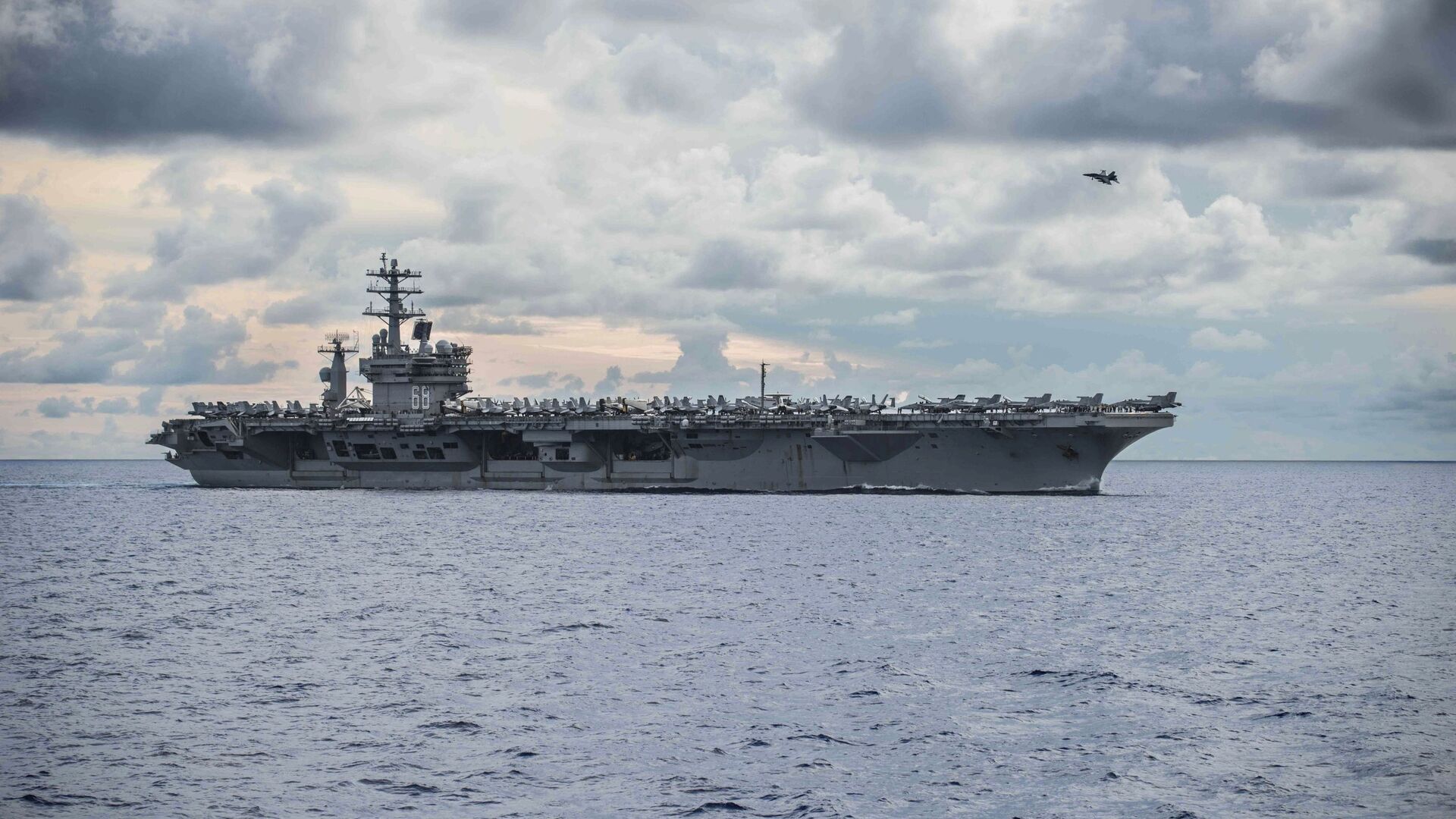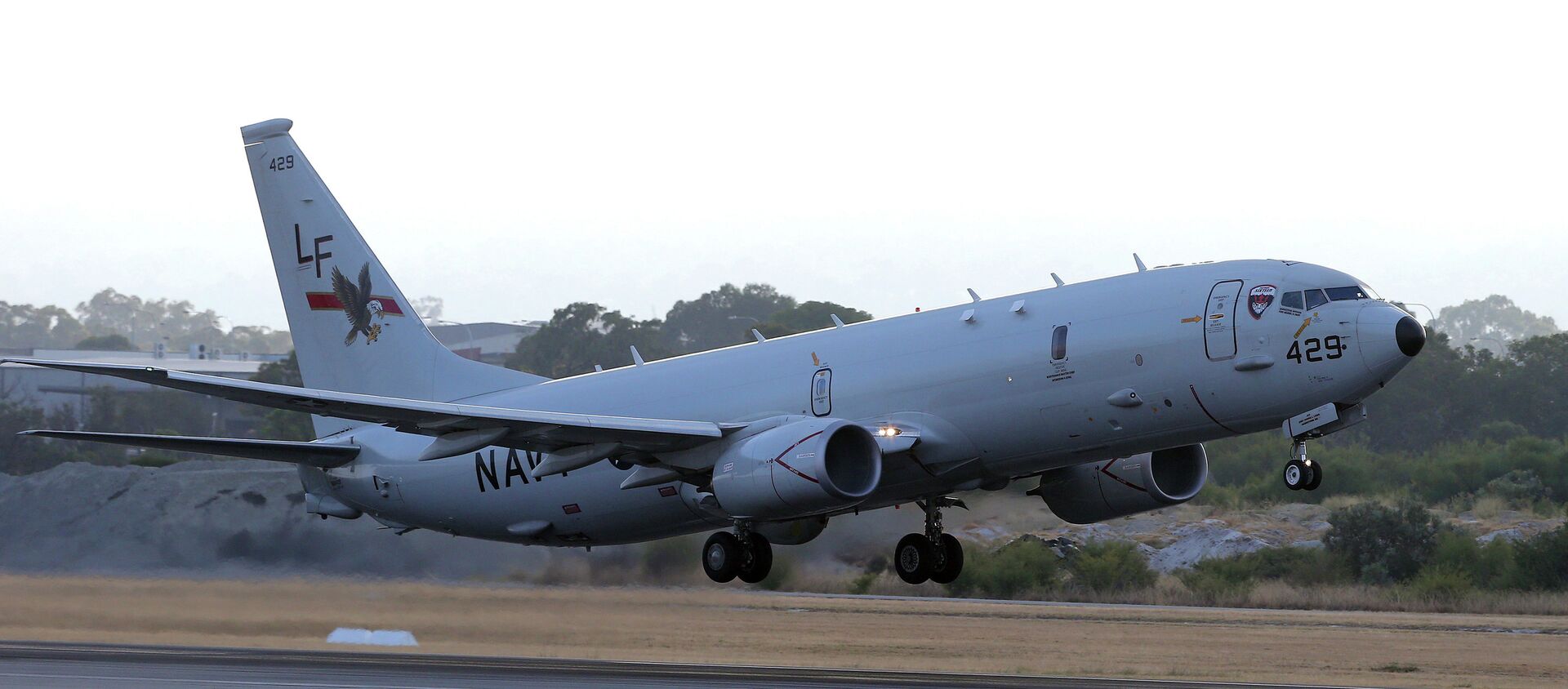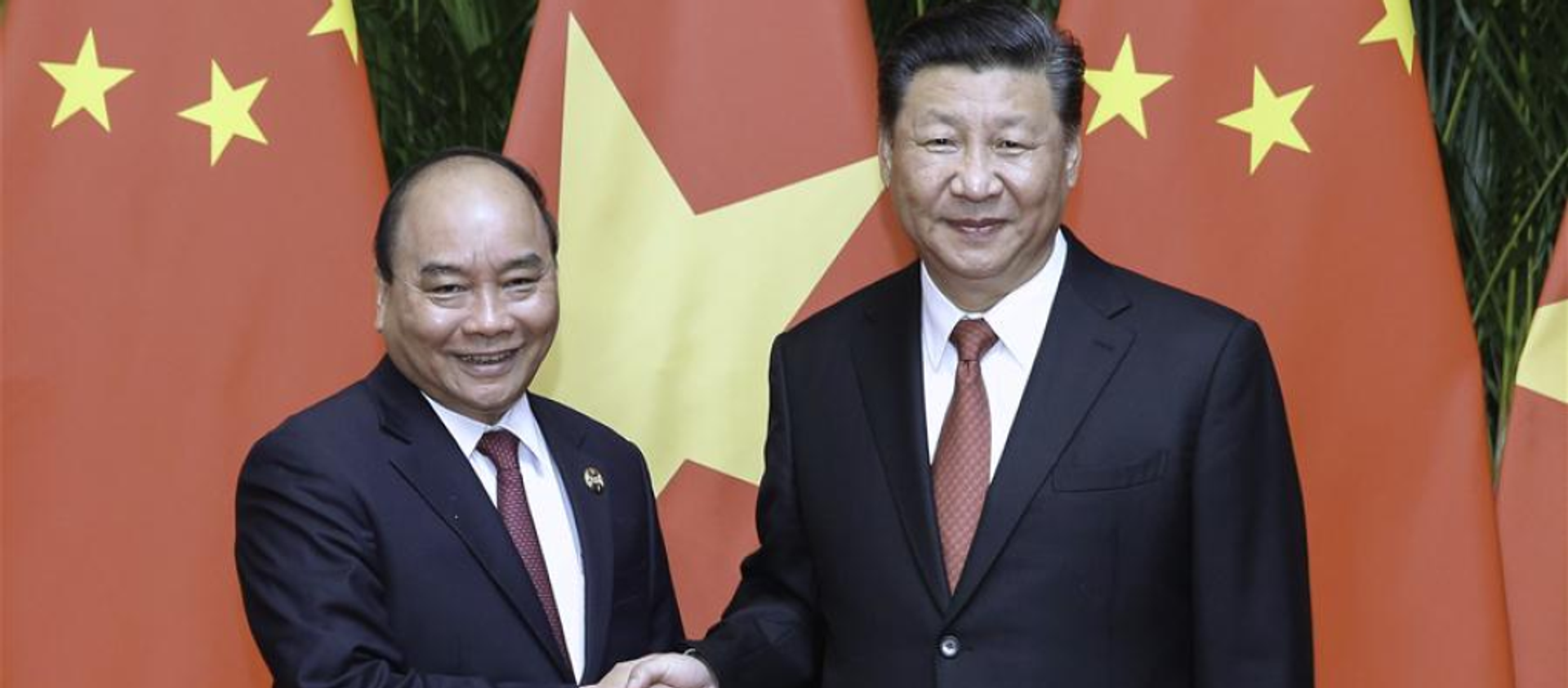The USS Ronald Reagan-led aircraft carrier strike group has entered the South China Sea for “routine” operations to “uphold the freedom of the seas,” the US Navy announced Tuesday.
“While In the South China Sea, the strike group is conducting maritime security operations, which include flight operations with fixed and rotary wing aircraft, maritime strike exercises, and coordinated tactical training between surface and air units,” the Navy said in a statement.
The deployment is said to be the first of its kind this year for the USS Ronald Reagan, which operates out of the US garrison in Japan’s Yokosuka Naval Base.
#USNavy aircraft attached to Carrier Air Wing #CVW5 launch from #USSRonaldReagan during flight operations in the South China Sea on Monday. #CVN76 #FreeAndOpenIndoPacific @US7thFleet pic.twitter.com/7jxxPH9yNQ
— U.S. Pacific Fleet (@USPacificFleet) June 14, 2021
The carrier and its air wing are accompanied in their mission by a squadron of warships including the USS Shiloh Ticonderoga-class guided-missile cruiser and the USS Halsey Arleigh Burke-class guided missile destroyer.
Rear Admiral Will Pennington, the strike group’s commander, said it was a “privilege and a pleasure” for him to “work alongside our allies, partners, and joint service teammates” in support of the “maritime commons” in South China Sea. The body of water is “pivotal to the free flow of commerce that fuels the economies of those nations committed to international law and rules based order,” he added.
Upwards of $3.5 trillion dollars-worth of global trade, one-third of the world’s crude oil supplies, and half of liquefied natural gas(LNG) deliveries pass through the South China Sea each year.
President Biden’s Pentagon dramatically ramped up its military operations in the South China Sea in recent months, sinking Beijing’s hopes that the new administration would take a more diplomatic tone than its predecessor.
The US has used its South China Sea FONOPs as way to put pressure on and try to box in Beijing and slow its military and economic rise. Other components of this strategy have included the levelling of claims about alleged human rights abuses in Xinjiang, Tibet and Hong Kong, multi-trillion-dollar trade and tech wars, and US threats to station offensive medium-range ground-based ballistic missiles in the Pacific. In recent months, the Biden administration has sought to shore up its alliances in the region into an anti-Beijing coalition known as the “Quad” and consisting of India, Australia, Japan, and the US.
Chinese officials have repeatedly urged the US – which has no formal territorial claims in the South China Sea –to stay out of the dispute and to allow the region’s nations to sort out their differences independently.





